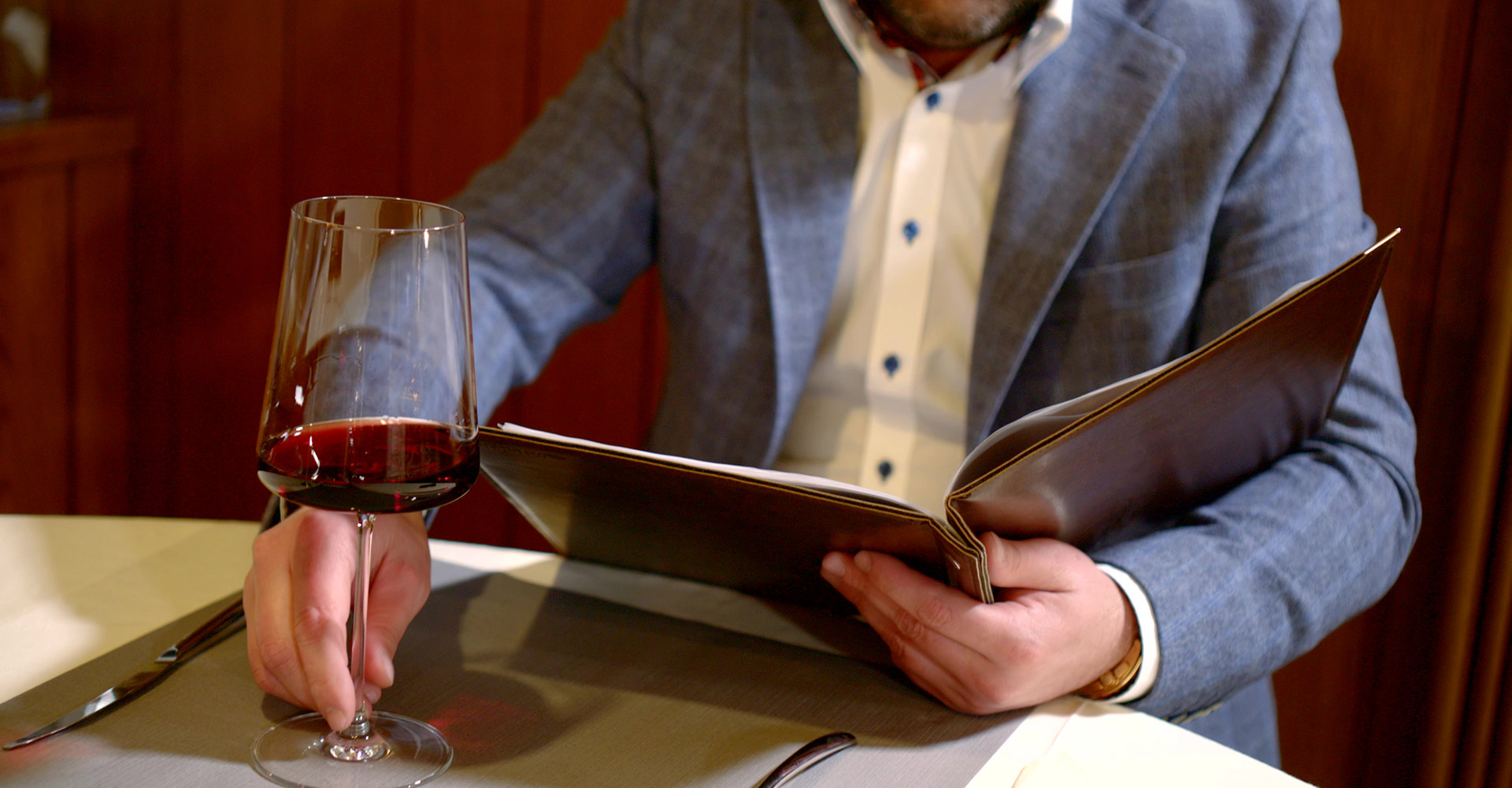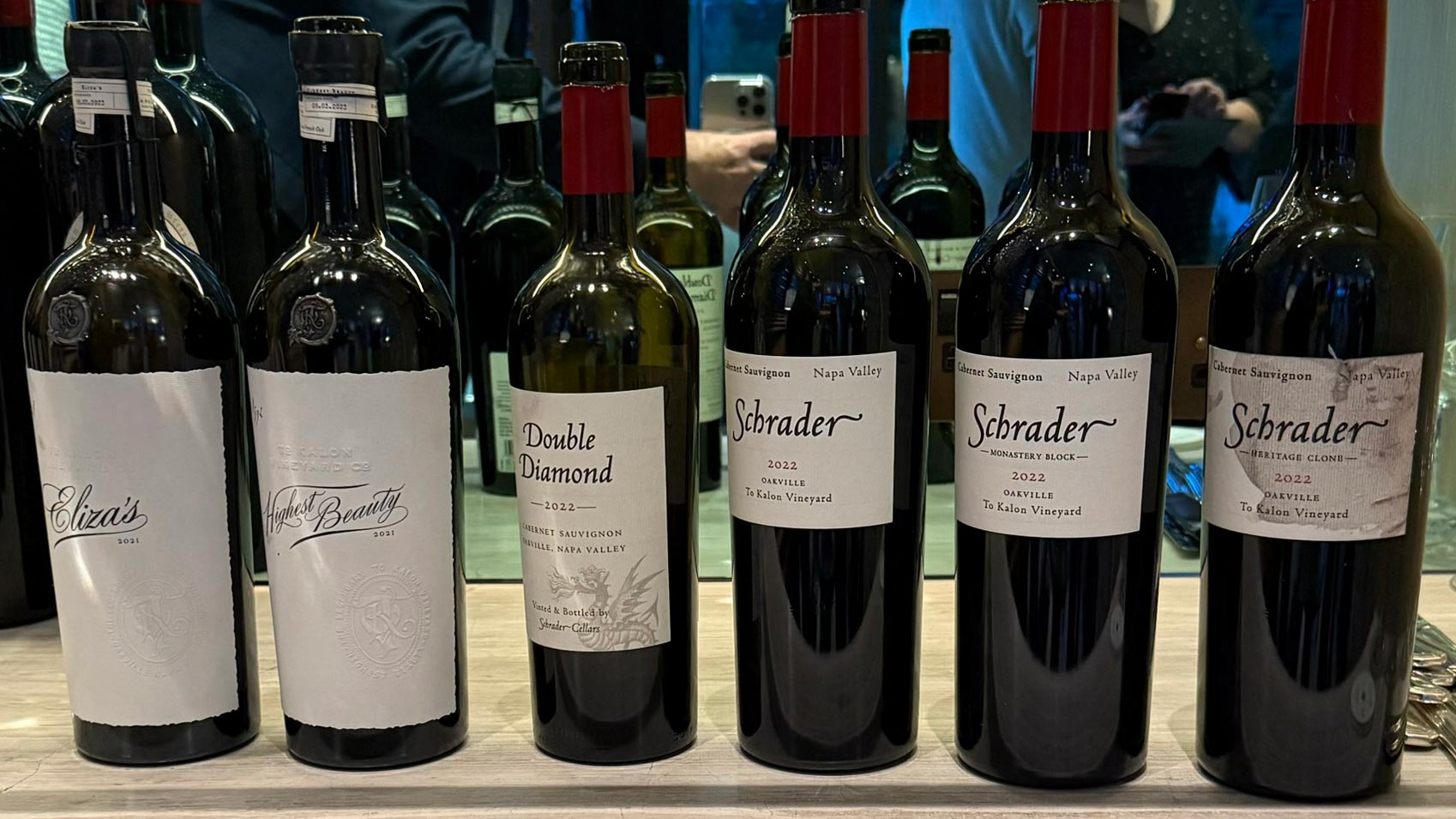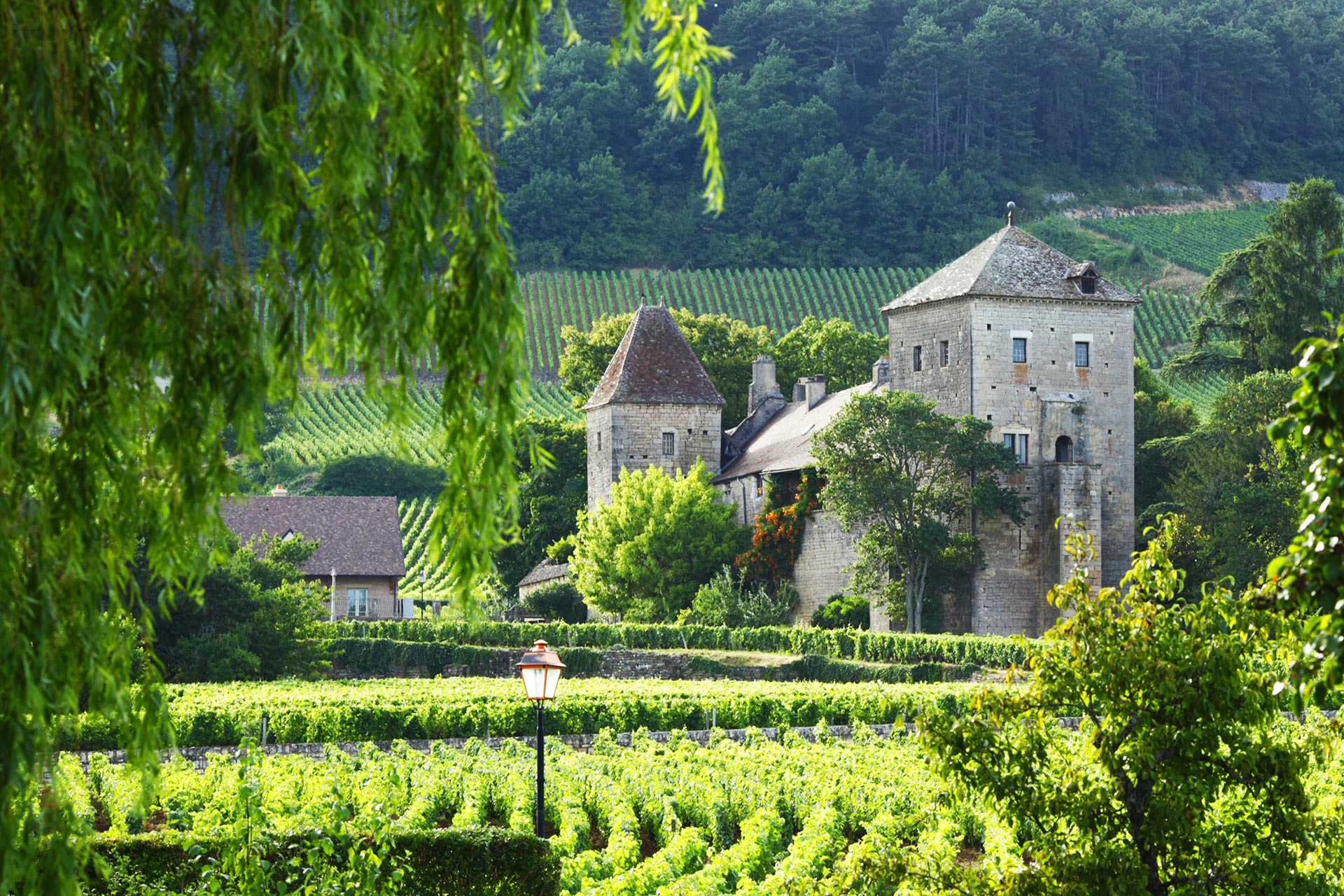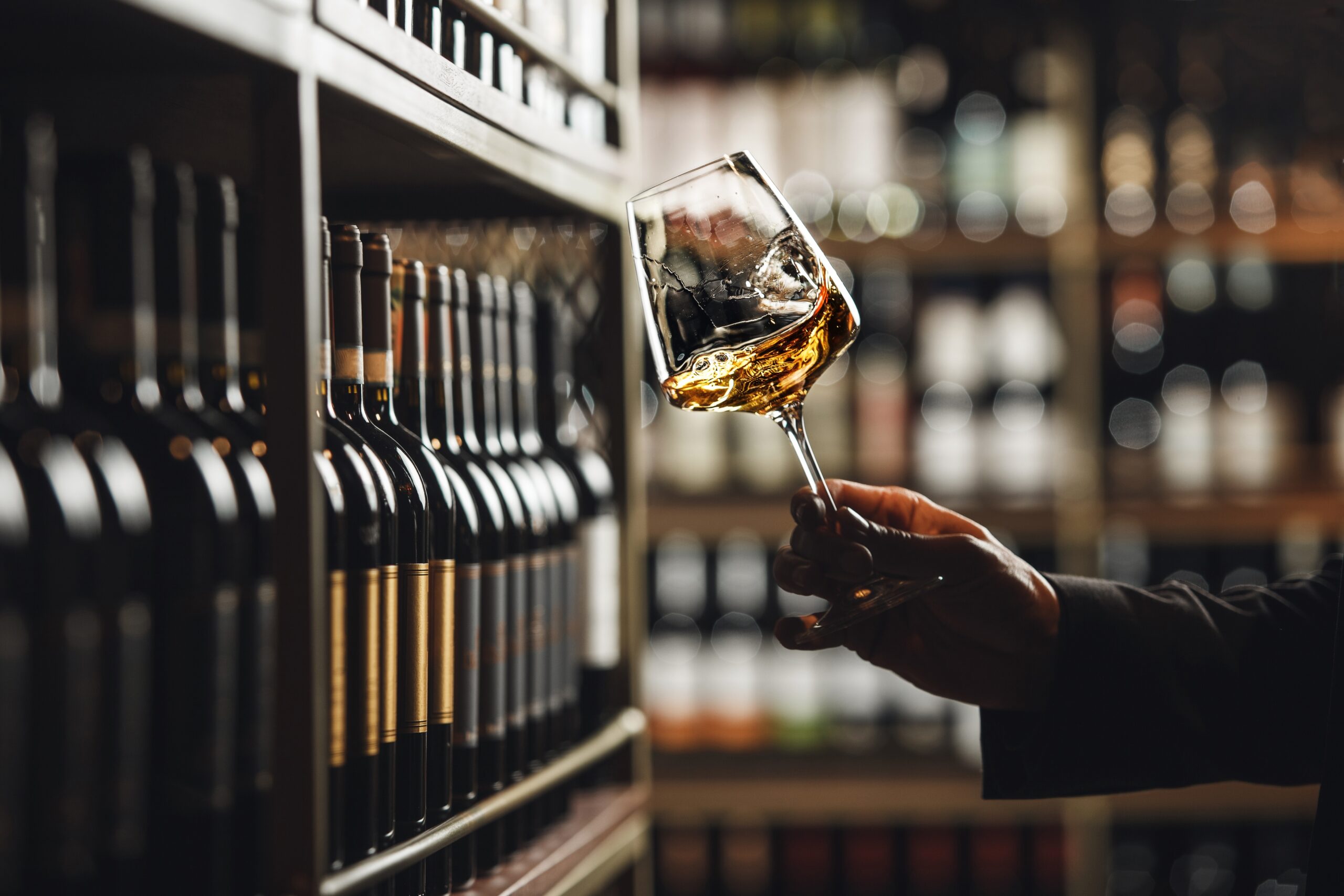You’ve settled into a plush seat at a stylish restaurant, ready for a night of gastronomic glory. The lighting is low, the menu reads like poetry, and then—bam!—the wine list lands with a thud that echoes your internal panic. It’s 12 pages long, alphabetised by château, and filled with prices that climb faster than a Bond villain’s ski lift.
Do you play it safe and order the second-cheapest bottle? Classic rookie move. Or do you gamble your rent money on something eye-wateringly expensive, assuming the higher the price, the finer the wine?
Let’s clear the table: price doesn’t always mean quality. But with a little insider knowledge—and a touch of confidence—you can order like a sommelier and get real bang for your buck (or pound, in our case). Here’s how to decode the wine list and find the sweet spot that delivers the best sip for your spend.
The Wine Price Pyramid: Where Your Money Goes
A restaurant wine’s price isn’t just about grapes. You’re also paying for shipping, taxes, glassware, crisp linen, and the privilege of someone opening it for you with flair.
Let’s break it down:
-
Duty & Packaging: That £2.88 fixed duty hits every 75cl bottle over 11.5% ABV, regardless of quality. Add £1.50 for the bottle, cork, and shipping. That’s over £4 gone before the wine even gets a sniff.
-
VAT: 20% added at the end for good measure. Cheers, HMRC.
-
Markup Madness: Restaurants typically apply a 3x to 4x markup. The cheaper the wine, the more aggressive the percentage. That £10 wine on their invoice becomes £35+ on your bill. But here’s the twist—the markup percentage drops as the bottle price goes up.
Let’s Crunch Some Corks
The £30 Bottle (aka “Don’t do it”)
You’re mostly paying for tax, staff wages, and that Instagrammable table setting. After tax and markup, the wine itself may be worth less than £3. It’ll get the job done but don’t expect fireworks.
The £50 Bottle (hello, value!)
Now we’re talking. You’re through the fixed cost fog and into liquid that’s actually worth drinking. Roughly £10 of the price now pays for the wine, not admin. It’s the point where quality starts to kick in.
The £90 Bottle (value meets finesse)
Things get delicious here. The wine might cost the restaurant £30, meaning what’s in your glass is worth £25+, offering layered complexity and a real sense of terroir. It’s still “value” but now with velvet slippers.
The £150 Bottle (prestige, not practicality)
A stunning wine, no doubt. But the value curve has flattened. You’re paying for scarcity, name, and clout. Not a bad choice—but now you’re in “because I can” territory, not “best value” land.
So Where’s the Sweet Spot?
Drumroll, please… it’s between £50 and £90.
This range lets you dodge the wallet-hammering entry-level markups and dip into bottles where your money actually goes into the vineyard. Think better grapes, skilled winemakers, and the kind of wine that makes you pause mid-conversation and smile.
Final Sip
Next time you’re handed the wine list, don’t panic—and definitely don’t point randomly at the second cheapest. Channel your inner sommelier, aim for that £50–£90 zone, and enjoy the satisfaction of ordering a wine that’s not only good but great value.
Because when it comes to wine, being clever trumps being flashy. Every. Single. Time.



